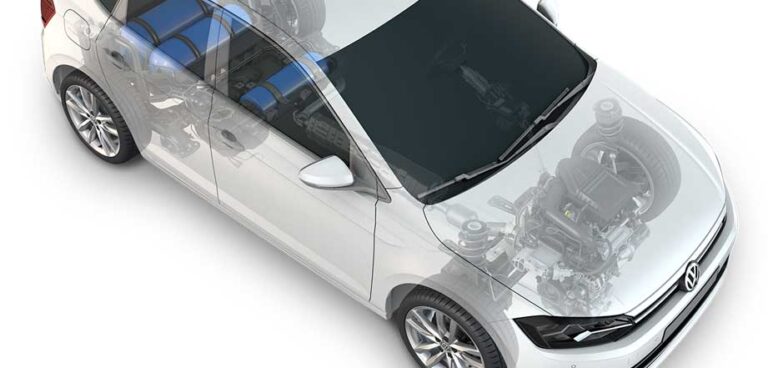Volkswagen has overhauled its natural gas models and is equipping its Polo and Golf TGI with a third natural gas tank, enabling the Polo TGI to now travel up to 60km farther in pure CNG mode than its predecessor. The gain in range in the Golf TGI is up to 80km. VW has also introduced a new 1.5-liter four-cylinder engine with 130ps to the Golf.
The German OEM has fitted its natural gas models of the Polo and Golf with a third natural gas tank made of specially coated, high-strength steel. The Golf’s tank has a volume of 23 liters and increases the total CNG tank volume to 115 liters, which offers a range of up to 422km in WLTP.
In the 1.0-liter three-cylinder-engined Polo the additional tank carries 16.5 liters and extends the natural gas storage to 91.5 liters in total, meaning that the Polo can travel up to 368km on CNG in WLTP. As a back-up, both models come with a gasoline tank.
For improved driving dynamics and efficiency, the Golf TGI comes with a new 1.5 liter four-cylinder engine. The new TGI engine uses the TGI Miller combustion process with a high compression ratio of 12.5:1, to increase efficiency and decrease CO₂ emissions. A turbocharger with variable turbine geometry increases the boost pressure.


